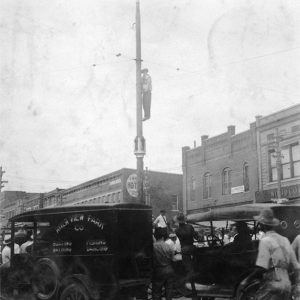 Harris Lynching
Harris Lynching
Entry Category: Early Twentieth Century
 Harris Lynching
Harris Lynching
Harris, Gilbert (Lynching of)
 Harris Lynching Article
Harris Lynching Article
Harris, Jack (Lynching of)
 Harris Lynching Article
Harris Lynching Article
Harrison Race Riots of 1905 and 1909
aka: Charles Stinnett (Execution of)
Harrison Railroad Riot
aka: Missouri and North Arkansas Railroad Strike
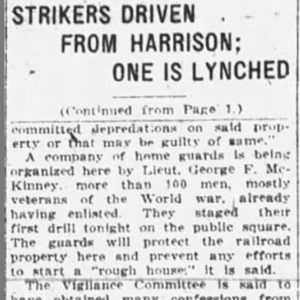 Harrison Railroad Riot Article
Harrison Railroad Riot Article
Harrison, John Henry (Lawsuits Relating to the Lynching of)
Harrison, John Henry (Lynching of)
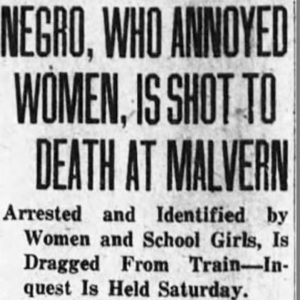 John Henry Harrison Lynching Article
John Henry Harrison Lynching Article
Haynes, George Edmund
Hellom (Lynching of)
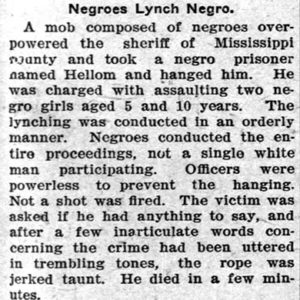 Hellom Lynching Article
Hellom Lynching Article
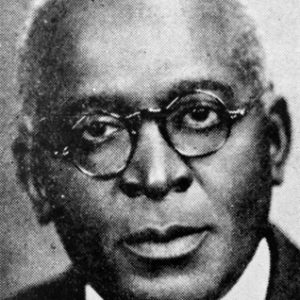 John Hibbler
John Hibbler
Hicks, Ed
Hicks, Robert (Lynching of)
Hill, Robert Lee
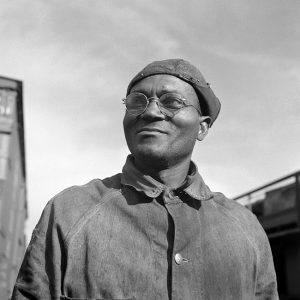 Robert L. Hill
Robert L. Hill
Hodges v. United States
Hunter, William (Lynching of)
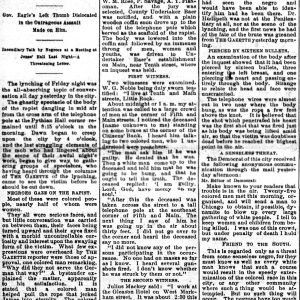 James Lynching Article
James Lynching Article
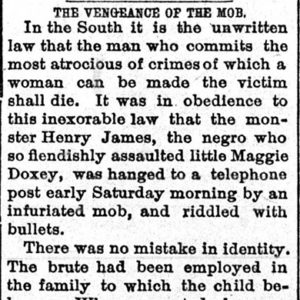 James Lynching Editorial
James Lynching Editorial
Jameson, Jordan (Lynching of)
Jeannette, Gertrude Hadley
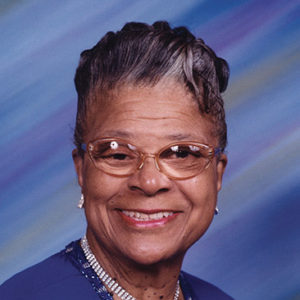 Gertrude Jeannette
Gertrude Jeannette
Jetton, White (Lynching of)
Jimerson, Aaron (Lynching of)
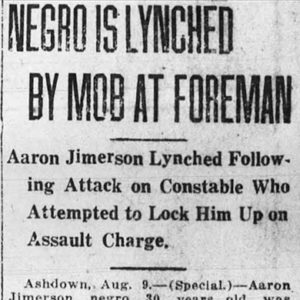 Aaron Jimerson Lynching Article
Aaron Jimerson Lynching Article
Johnson, Henry (Lynching of)
Johnston, Lewis Harrison (L. H.)
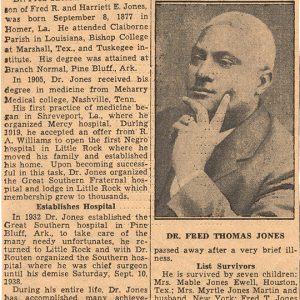 Jones Death
Jones Death
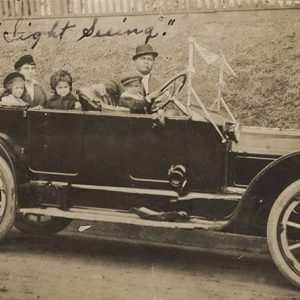 Jones Family
Jones Family
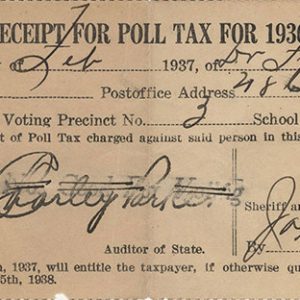 Jones Poll Tax Receipt
Jones Poll Tax Receipt
 Jones Residence
Jones Residence
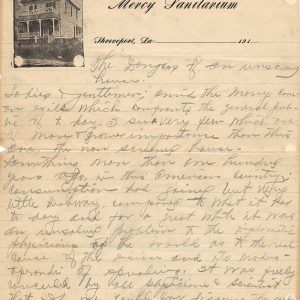 Jones Speech
Jones Speech
 Fred Thomas Jones
Fred Thomas Jones
Jones, Fred Thomas
 Fred Jones and Nurses
Fred Jones and Nurses
Jones, Judge (Lynching of)
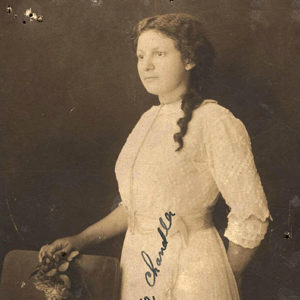 Katie Chandler Jones
Katie Chandler Jones
 Scipio Jones
Scipio Jones
 Scipio Jones
Scipio Jones
 Scipio Jones Portrait
Scipio Jones Portrait
Jones, Scipio Africanus
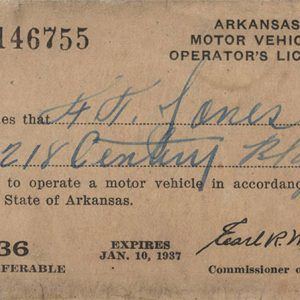 Jones's License
Jones's License
 Jonesboro Lynching Article
Jonesboro Lynching Article
Josenberger, Mame Stewart
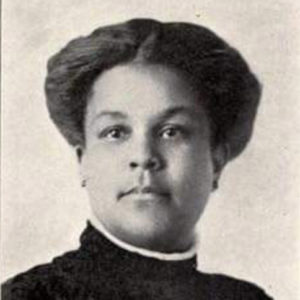 Mame Stewart Josenberger
Mame Stewart Josenberger




